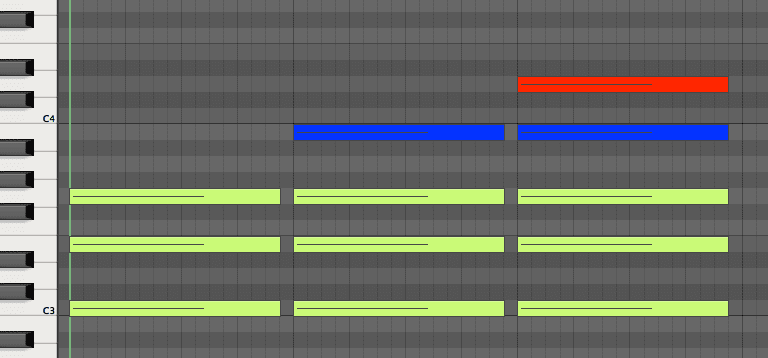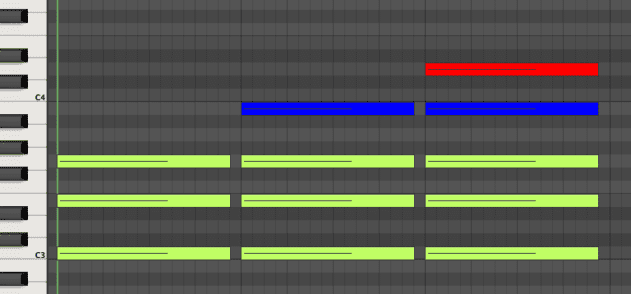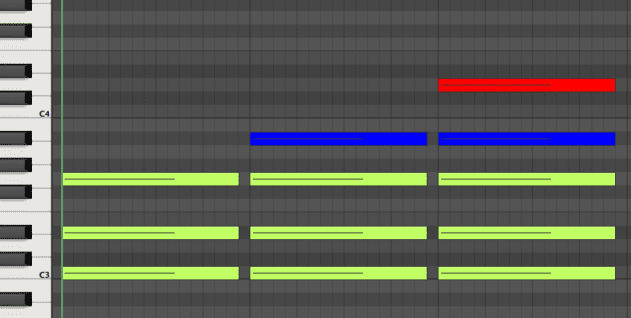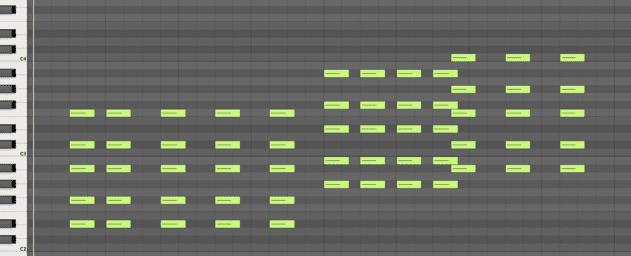Dance music theory expert Oliver Curry demonstrates how to break away from basic chords and create more complex harmonic structures.
Way back in the very first instalment of Passing Notes we looked at some basic techniques for creating deep house chords and progressions, focusing on major and minor 7 chords.
This time, we’re going to expand on that idea and look at the construction of a number of other commonly used chords.
Intervals and the construction of chords
In a 7 chord, the number seven refers to the use of the seventh note of the scale. Hence, a minor 7 chord is a minor triad (root, minor 3rd and 5th) with the seventh note of the minor scale played above it. However, things get a little (but not much) more complicated when we’re looking at chords employing further notes above the 7th, i.e. above the octave.
This is where chords such as 9, 11, 13 and so on get their name. The 9th in a minor/major 9 chord actually refers to the second note of the scale, but played an octave above. There are a great number of options for voicing chords, but generally speaking, a chord becomes a ‘9’ rather than an ‘add2’, when the 2nd interval is played above the octave.
If we use C major as a basic example, we can see in the keyboard diagram below that the terms 9th, 11th and 13th simply refer to the second, fourth and sixth notes of the major scale, played above the octave of the root note C.

Below, we can see how the major 9 chord is constructed. The 7th and 9th are added over the C major triad. The major 7th (B) is shown in blue, while the 9th (D) is shown in red.
As the second note of the scale is the same in both the minor and major scale, the addition of the same note, D, to the C minor 7, creates the C minor 9:
Below we can hear the construction of the major and minor 9 chords, starting with the triad, then the 7 and finally the 9.
Here’s how it sounds when we play the major triad, then add the major 7, then the 9:
Audio PlayerAnd here’s how it sounds when we play the minor triad, then add the minor 7, then the 9:
Audio PlayerIn our recent Passing Notes article on sampled chords we looked at a great example of a sampled minor 9 chord in ‘Ebonics’ by Theo Parrish. The harmony of ‘Where Is Love?’ uses a very similar technique:
The extensive use of the 9 chord (in this case a minor 9) gives ‘Where Is Love?’ its unique harmonic structure. The chord pattern, created using a sampled minor 9, is shown in the piano roll below:




12.29 PM
Great, thank you, these are my favorite posts on here!
03.10 PM
Love these theory related posts, thank-you. Would be great to hear about changing keys within songs and cadences, that stuff always baffles me.
08.25 PM
change key to the 5th in the original key is easiest like C major to G major
02.04 PM
Google ‘Pivot chords’ Andy, that should help.
11.09 PM
Which piano are they using here? Is there a good free plugin for Ableton?
05.54 PM
I love posts like this that put theory in plain English and include many musical snippets. Thank you thank you!